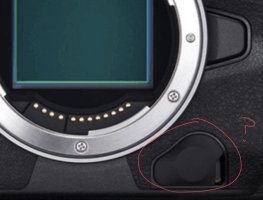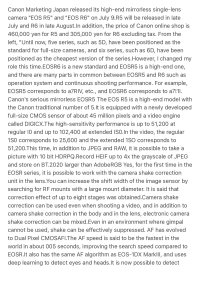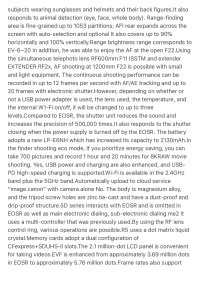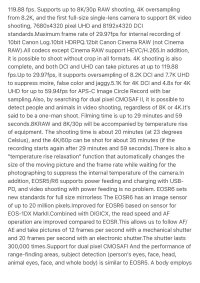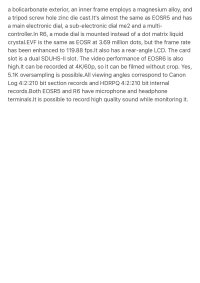Why does an internal ND filter have to be an actual physical filter? Look at the Olympus EM1 III - it has a software based ND filter, and LiveND. It merges multiple images and adjusts the readouts accordingly. It works fine - and certainly better than no ND at all.If you use adapted EF glass, you have a variable ND filter adapter working with all lenses, it is the best compromise.
Can't have built-in ND that can turn on or off without making the camera twice the size and remove the shutter like those cinema cameras. Those are a lot bigger and also very expensive, so the economics and functions make them feasible to do.
It makes no sense for stills cameras, unless they are practically made into video cameras and cost 6000$+ as well.
Even the RED Komodo has no built-in NDs but it has the same RF-mount so with EF lenses it can use that same ND filter adapter.
If you're happy putting physical filters on & off all the time, have at it. But I'd rather enable a menu item or button on/off to get one to work in an instant!
Upvote
0


